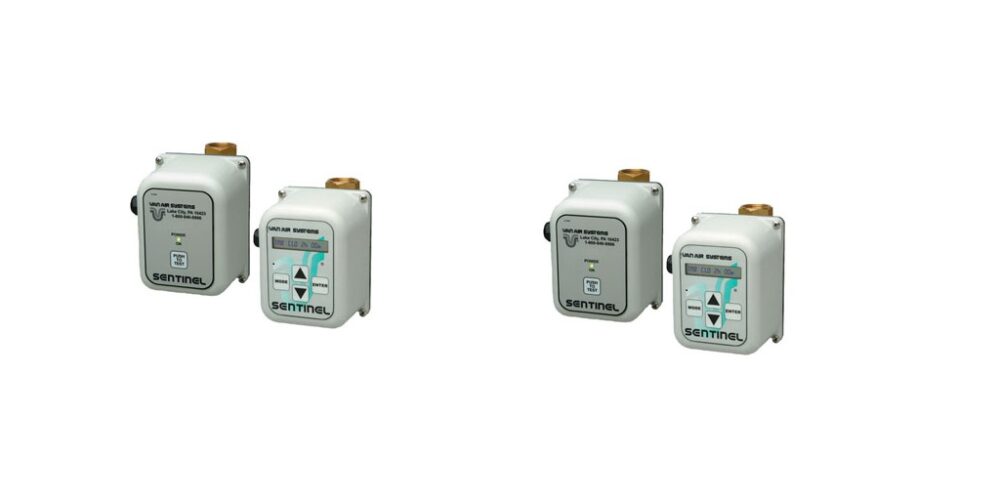Condensate management is vital in ensuring that clean, dry compressed air is delivered to your tools, equipment, and processes. Condensates naturally form in compressed air as liquids and oils condense out of the air. These must be removed in order to mitigate risk to the system.
Businesses are well aware of the dangers that may arise as a result of condensate contaminated air. These include greater maintenance expenses, higher operating costs, early equipment failure and replacement, and a general reduction in overall productivity. Compressed air dryers and systems often use automated drain valves to prevent damage that may be caused by condensate contamination due to freeze-ups in the winter, corrosion, and more.
Automatic Drain Valves (ADV)
Using auto drain valves, drying storage tanks may be emptied without the need for manual work, as the name indicates. An automated drain valve removes the requirement for a maintenance technician to patrol the facility and physically discharge water out of the air system.
Automatic Drain Valves In Compressed Air Dehydration
Many air compressors in many sectors might benefit from moisture extraction improvements for greater overall performance.
The temperature at which water will condense out of air is indicated by the dew point, which is the temperature at which this process occurs. When air reaches the dew point at a given temperature and pressure, liquids will start to condense out of the air. For this reason, it is necessary to use compressed air dryers to dry compressed air before it can be used as a power source.
As a consequence, the need for drying equipment grew, resulting in increased popularity. In order to produce compressed air, the dryer must be emptied of any moisture that has built up.
Systems for removing water and compressor oils from compressed air are equipped with automatic drain valves. An automated drain valve removes the requirement for a maintenance technician to patrol the facility and manually dump liquid out of the air system. This can vastly improve workflow efficiency, remove the need for time-prohibitive manual draining, eliminate costly downtime, and prevent risky practices, like leaving manaul drain valves partially open.
Drain Valve Operation: A Quick Guide
Auto drain valves are self-draining, thus there is no need for user intervention. If you don’t know what you’re looking for, you’ll have a hard time finding the right model for your needs.
If your compressor is far from a power supply, a float-operated device may be the better option. If you use your compressor on a regular basis, a timer-controlled model is probably the best choice. There are zero-loss water drainage systems that may reduce the amount of compressed air that is lost while emptying a compressor.
How frequently should my tank be drained?
Draining your tank on a regular basis, whether manually or mechanically, is highly advised. As a result of water buildup in your tank, the bottom of your tank may corrode, requiring you to replace your tank. If you often forget to empty your tank, an automated drain valve can be a good investment.
Head straight to Air & Vacuum Process, and check out different types of auto drain valves they have in their selection that would surely fit your automated drain valve needs.












